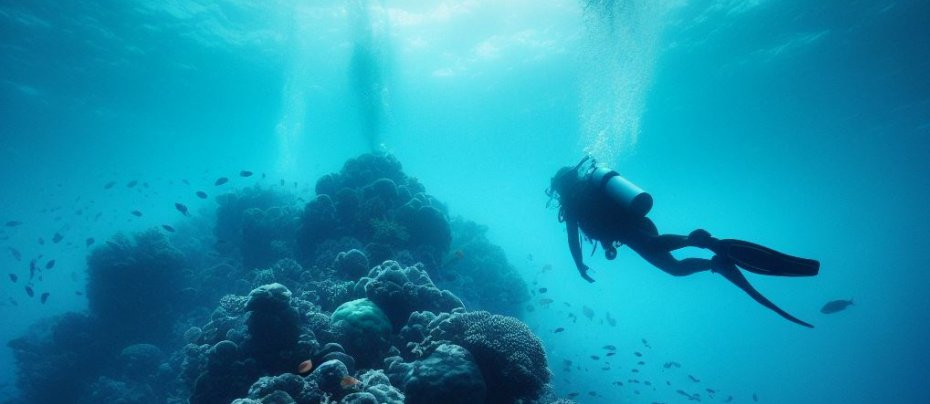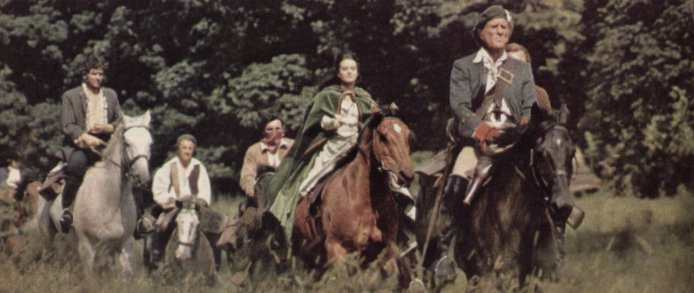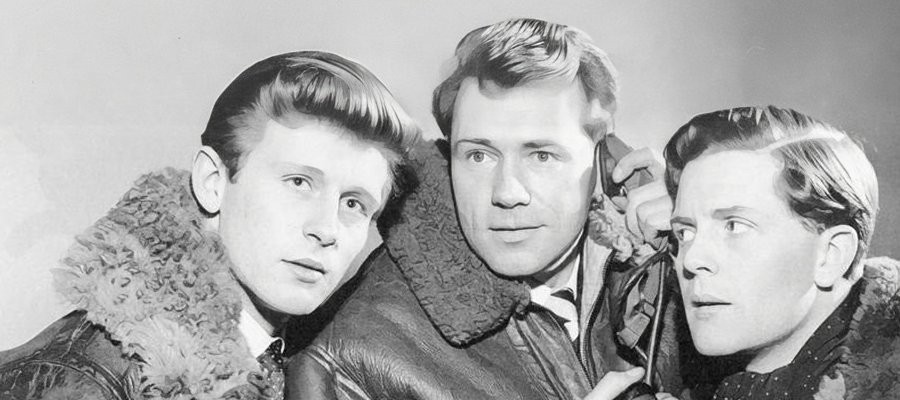
Barrier Reef
1970 - AustraliaPurported to be the most expensive television series ever produced in Australia at the time of its production, Barrier Reef was a half-hour children's/family adventure series filmed in colour and entirely on location in North Queensland and the Great Barrier Reef. No expense was spared it would seem for the series, which laid claim to being the first in the world to feature extensive underwater colour filming on location.
The series was produced by Fauna Productions, a company formed by John McCallum, Lee Robinson and Bob Austin who met during the making of the movie They're a Weird Mob, a comedy based on a 1957 novel of the same name. Fauna had previously enjoyed great success with Skippy the Bush Kangaroo, which was just coming to an end, and were looking for a new series with another unique Australian flavour. Even though there were already two family shows with a nautical theme (Adventures Of Seaspray and The Rovers), the producers decided that Barrier Reef was significantly different enough to stand on its own sea legs.
An early decision was made to film the series in colour for the sake of overseas sales. Australia had not begun colour broadcasting yet and it would be another two years before the Australian Government announced that all Australian TV stations would convert to colour in March 1975. Barrier Reef was originally titled Minus Five, which is what it was still called when production commenced at Hayman Island in September 1969. As a result, some of the early episodes were completed with Minus Five opening credits. The name was not changed until April 1970.

The production team retained many of the crew from Skippy which worked to their advantage as things in the early days of shooting were not always straightforward. Apparently, the crew spent more time repairing and maintaining the boats than they did filming. The main vessel in the series was the schooner barque New Endeavour, a 1919 Danish built 135 feet, 220-ton windjammer which had seen active service during the Second World War during which time it was hit by a land mine. Rebuilt in 1945, it had come to Australia for a refit in 1965. Fauna purchased the ship for $60,000 and spent a further $100,000 on repairs.
Barrier Reef required some extensive specialised filming and stunt work and the series employed husband and wife team Ron and Valerie Taylor, world-renowned underwater experts who were particularly well-known for their photography, as well as a team of professional divers doubling up for the series’ stars.

The series tells the adventures of a top-secret scientific research and recovery team working for General Trust Corporation, a large Australian group which is sometimes seconded by the Australian Government. The area below decks of the New Endeavour was converted into a small studio which housed the sophisticated 'Minus Five' (Mineral Identification Nuclear Undersea Seismography Mark V) electronic equipment. The sophisticated device, affectionately referred to by the ship's crew as Grandma, is used to give accurate geological analyses of the seabed and the earth below it. Other onboard specialised equipment includes futuristic-looking scuba gear, an underwater radio communication device, jet-powered speed boats and an 18-foot two-person mini-submarine.

Captain of the Endeavour is Ted King (Joe James) and the rest of the crew include first mate and diving expert Jack Meuraki (George Assang - the Australian jazz and blues singer and actor from Thursday Island, Queensland), Dr. Paul Hanna (Ihab Nafa), a Government scientist seconded to the New Endeavour from the Science Council, freelance scientists Tracey Deane (Rowena Wallace) and Elizabeth Grant (Susannah Brett), diver Kip Young (Ken James), Professor Martin (Tom Farley) the designer of the Minus Five equipment, and Sir John Hargreave (John Warwick) was the managing director of General Trust Corporation.

True-life events were written into the show at the eleventh hour. Ada was a small but intense tropical cyclone that severely impacted the Whitsunday Region of Queensland, Australia, in January 1970. The biggest resort, located on Daydream Island, was obliterated, with similar destruction seen on South Molle, Hayman, and Long Islands. Since most boats docked on these islands were destroyed, hundreds of tourists in these resorts became stranded and required emergency rescue. Tragically, 11 people lost their lives. The cyclone struck when the episode Slipway was nearing completion. Producers Lee Robinson and Joy Cavill adapted to the situation and created two new episodes (Cyclone and Assignment Shute) based on the dramatic event. Despite the challenges of filming on one side of the ship while writing the script on the other, the spectacular footage gave the two shows a sobering impact that no special effects ever could.
Barrier Reef arrived on Australian television in 1971, by which time 19 episodes had already been seen on the BBC, starting in October 1970. The series was sold to over fifty countries. In the USA it was picked up by NBC who were impressed by the underwater scenes. Other countries that bought the series included Canada, Japan, South America, South Africa and most of Europe. However, Barrier Reef was not as financially successful as Skippy because it went over budget and filming of the underwater scenes often proved to be problematic with delays being a constant issue if the water was not clear enough for filming. 39 episodes were produced, but it was deemed too expensive to continue beyond its single series, which is a shame because it was a groundbreaking series in many ways and has stood the test of time.
Seen this show? How do you rate it?
Seen this show? How do you rate it?
Published on November 30th, 2023. Written by Malcolm Alexander for Television Heaven.










